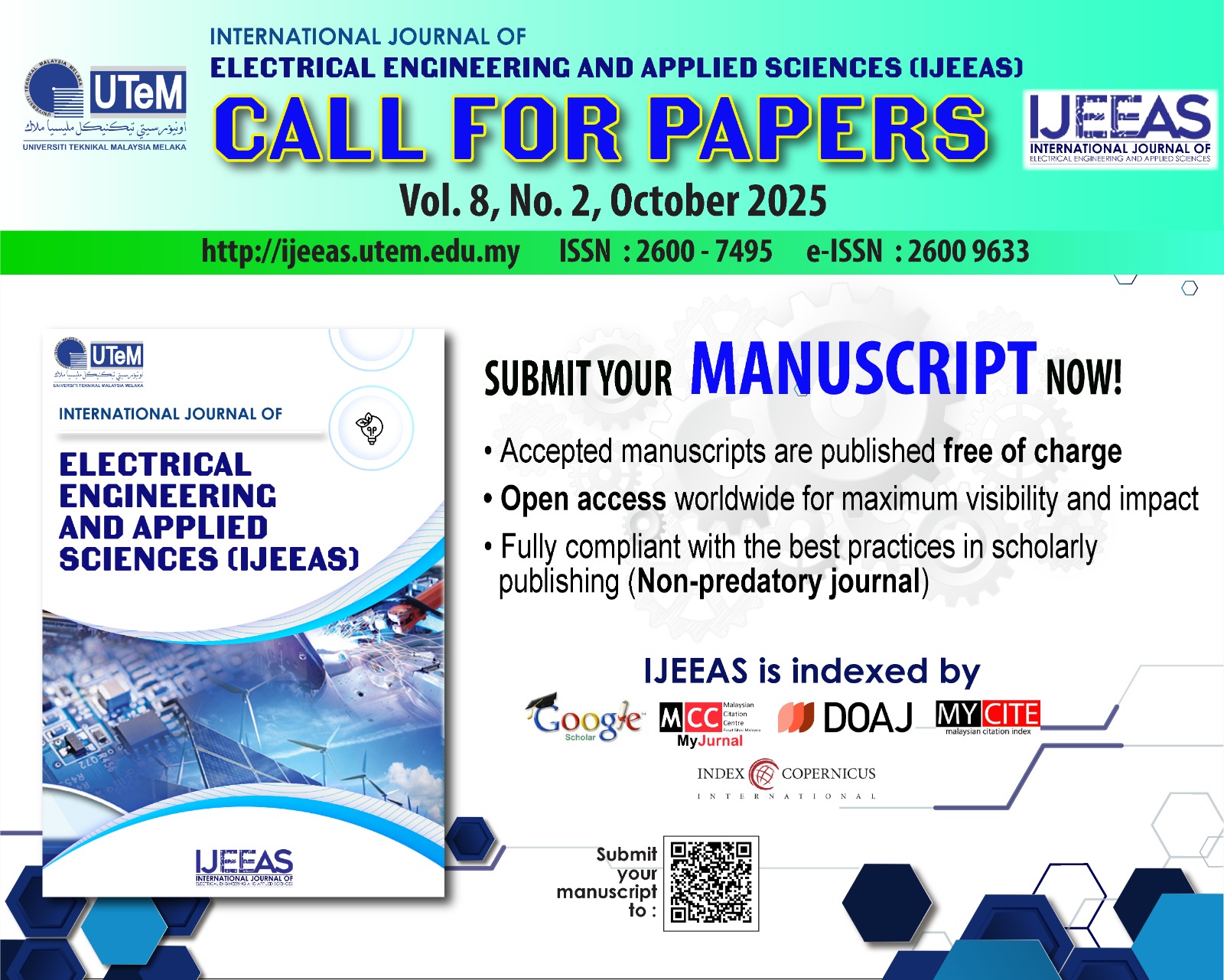Improving grid-connected tidal power systems through PWM inverters based on voltage-oriented control
DOI:
https://doi.org/10.54554/ijeeas.2024.7.02.004Abstract
Pulse width modulation (PWM) rectifiers play a critical role in AC to DC power conversion for renewable energy applications. Existing systems predominantly employ basic voltage-oriented control (VOC) strategies and conventional 2-level converters, which often face challenges such as suboptimal steady-state performance, slower transient response, and elevated harmonic distortions. Moreover, these systems typically lack sophisticated control mechanisms for managing active and reactive power, thereby potentially compromising overall efficiency and stability. This proposed voltage-oriented control strategy aims to overcome these limitations by enhancing both steady-state performance and transient response through an inherent current control loop. Specifically, in the context of grid-connected tidal energy systems, the generator side utilizes field-oriented control (FOC), while the grid side employs a 3-level H-bridge voltage source converter integrated with VOC and a phase-locked loop (PLL). These advanced control strategies are designed to optimize power extraction and more effectively manage active and reactive powers. MATLAB/Simulink simulations have been conducted to validate the efficacy of the proposed controller, demonstrating its ability to ensure system stability, reduce harmonic distortions, and
manage reactive power effectively. The system, featuring a 1.5 MW/C, 1.2 MW three-level inverter,
and LCL filter, achieves harmonic distortion below 5%, showcasing the filter's efficiency. The comprehensive simulation results support the feasibility and effectiveness of the proposed voltage oriented control strategy, addressing total harmonic distortion (THD), dynamic performance, and
parameter sensitivity.
Downloads
Downloads
Published
How to Cite
Issue
Section
License
Authors who publish with this journal agree to the following terms:
- Authors retain copyright and grant the journal right of first publication with the work simultaneously licensed under a Creative Commons Attribution License that allows others to share the work with an acknowledgement of the work's authorship and initial publication in this journal.
- Authors are able to enter into separate, additional contractual arrangements for the non-exclusive distribution of the journal's published version of the work (e.g., post it to an institutional repository or publish it in a book), with an acknowledgement of its initial publication in this journal.
- Authors are permitted and encouraged to post their work online (e.g., in institutional repositories or on their website) prior to and during the submission process, as it can lead to productive exchanges, as well as earlier and greater citation of published work (See The Effect of Open Access).







